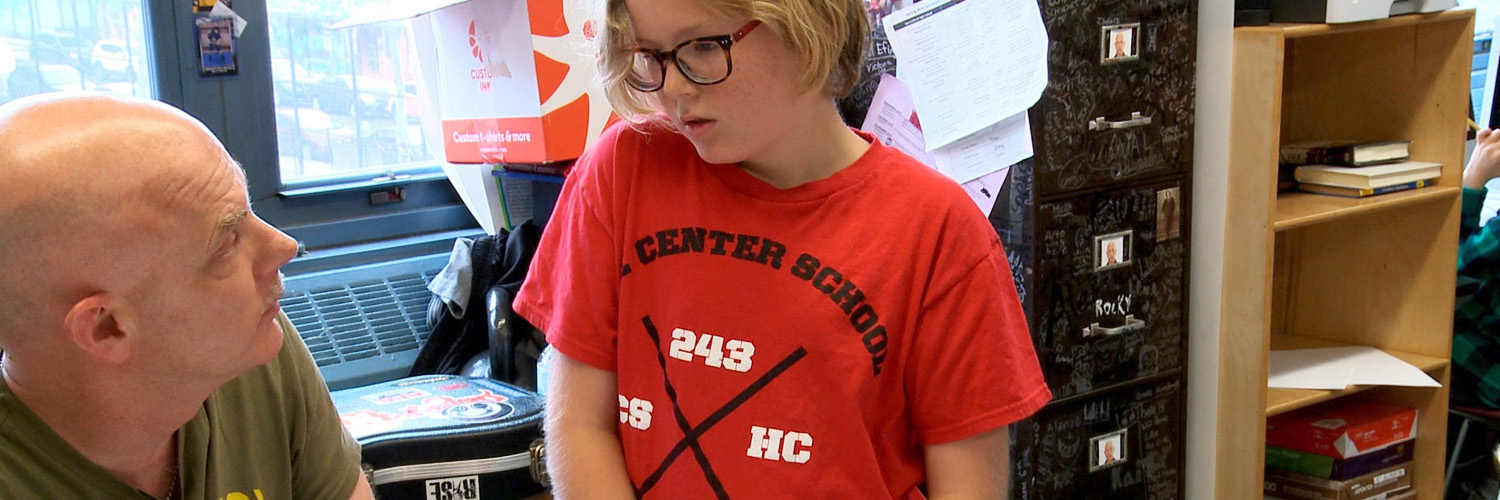THE SCIENCE
The challenges of early adolescence have existed throughout human history, but some experts believe that trends in middle grade education towards standardization and metrics, extended school days and shortened breaks, may be working directly against students’ developmental needs. As parents and educators struggle with how to best support the millions of students who attend 5-8th grade in the US public schools each year — scientists and social scientists are also on the case. Here are three examples of important work in the field.
Developmental Psychology
Developmental psychologists and researchers explore how dire our view of middle school is, how bad these years can really be, and how simple the antidote might be to rising anxiety and disconnection — allow kids to follow their natural instincts for connection.
“High rates of suspensions, detentions, stereotyping, bullying, and discrimination from peers and adults are typical and have even become how American society characterizes the middle school years.”
Brain Science
The invention of non-invasive brain imaging means that neuroscientists are now able to study the brains of living adolescents, when in the past they could only study brains from cadavers. Until recently it was believed that brain development was concentrated in the first six years of life, but we now know that the brain undergoes profound and fundamental reorganization during adolescence. The current question is why? These scientists make the important point that the adolescent brain is not an inadequate adult brain, but the perfect brain for what the organism needs to accomplish during this period of life.
“… the cognitive style typical of adolescence… may be optimally suited to the social developmental tasks facing the adolescent… adolescence should not be considered a state of deficient brain performance.”
“Brain Development During Adolescence” By K. Konrad, C. Firk, P. Uhlhaas June, 2013
Data Collection and Analysis for School Management
Data scientists have identified a correlation between specific behaviors in Middle School that indicate a student is on a path to drop out of high school — which allowed one middle school to reorganize resources to actively get specific students back on track.
“Nationwide, 7,000 students drop out every school day. In Middle School Moment, FRONTLINE reports on new evidence that suggests the make-or-break moment for high school dropouts may actually occur in middle school.”

